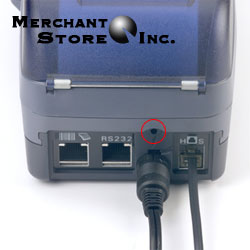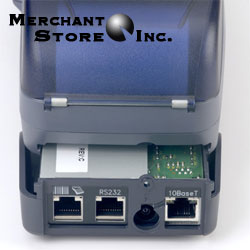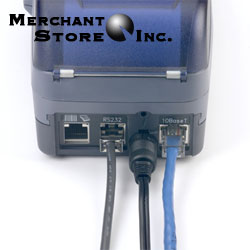March 14th, 2006 by Jamie Estep
Online Credit Card Fraud Detection Systems
Filed in: Ecommerce, Merchant Accounts, My Favorite Posts | 3 comments
Credit card fraud is a menacing problem for everyone. It helps to drive businesses prices up and drives up the price to process credit cards.
 Companies have responded to businesses needs and have created fraud detection and prevention systems. These systems are used in conjunction with a payment gateway, will help businesses recognize and prevent fraud on their websites. Visa and MasterCard have also created their own prevention systems that enable card holders to create a secret password, similar to a PIN number. The Visa and MasterCard systems called Verified by Visa and MasterCard Secure code are integrated into a website to provide a secondary checkout option for cardholders who are signed up for these systems.
Companies have responded to businesses needs and have created fraud detection and prevention systems. These systems are used in conjunction with a payment gateway, will help businesses recognize and prevent fraud on their websites. Visa and MasterCard have also created their own prevention systems that enable card holders to create a secret password, similar to a PIN number. The Visa and MasterCard systems called Verified by Visa and MasterCard Secure code are integrated into a website to provide a secondary checkout option for cardholders who are signed up for these systems.
How fraud detection works:
There are two types of fraud detection systems. The first is tied into a merchant’s payment gateway and works in real time to prevent and detect fraud. The second is a 3rd party application where card numbers can be entered and the system generates a score based on a number of fraud qualifying factors.
Real-Time Fraud Prevention:
Fraud detection systems monitor credit card transactions that are processed through a businesses payment gateway, and look for certain signs that would indicate fraud. These systems check for anything from numerous transactions being entered from a single IP address, to advanced card number algorithm abnormalities. Real time systems can be setup to either flag a transaction for later review or can be setup to automatically decline a transaction.
3rd Party Systems:
3rd party systems are normally not tied directly into a merchant’s payment gateway, but can still be very effective in detecting fraud. 3rd party systems normally check for IP address and domain occurrences, bank information, area code and zip code occurrences, shipping and billing address occurrences, proxy web browsing, and many others. The system will generate a fraud score based on all of the information provided with each transaction. The higher the fraud score, the more likely the transaction is to be fraudulent. Merchants can batch process all of their transactions before they are shipped, and then determine whether to ship certain items based on the fraud score.
Who needs a fraud prevention system?
Fraud prevention is not needed for every business. For many, it would be simply a waste of money. Businesses that have a history of being targeted with credit card fraud should look into a fraud prevention system. Businesses that sell high dollar items online should also look into fraud prevention, as the loss of a single item can be very significant. All businesses should review their current practives to ensure that they are doing everything they can including requiring AVS and CVV for the transactions, before they look into a fraud prevention system.
What does fraud prevention cost?
Fraud prevention systems vary in cost. Some charge on a per transaction basis, some charge per month, and some charge a flat rate for a certain number of transactions. Rates vary anywhere from about $.005 per transaction to several hundred or thousand dollar per month. The cost is determined by the volume of transaction checked each month, the type of prevention system (3rd party or real-time), and the complexity of the system.
Where can I get a fraud prevention system?
Most payment gateways now offer real time fraud prevention systems. If you are using authorize.net, Verisign, or Network Merchants, you have the option of using their integrated real-time prevention and detection systems.
Authorize.net – Fraud Detection Suite
Verisign – Fraud Protection Services
Network Merchants – iSpyFraud Protection
For businesses looking for 3rd party fraud prevention and detection systems there are a variety or 3rd party systems for this purpose. Search on the internet for fraud prevention or fraud detection systems. Here is a list of a few of the services that are available.
Fractals – http://www.alaric-systems.co.uk/fractals.htm
MaxMind – http://www.maxmind.com/
ClearCommerce – http://www.clearcommerce.com/
Overview:
Fraud detection or prevention systems are by no means a perfect solution for preventing fraud, but they can help to reduct the amount of fraud that is processed through a website. With human review and fraud detection, it is still not possible to completely eliminate fraud for many businesses.
Related Blog Posts:
What does a fraudulent transaction look like?

 Lets just make a scenario to show exactly what I am referring to. Lets take John, a married middle age business man with 2 teenage boys. One day John’s oldest boy James, decides to ‘borrow’ John’s credit card to place an order online without asking.
Lets just make a scenario to show exactly what I am referring to. Lets take John, a married middle age business man with 2 teenage boys. One day John’s oldest boy James, decides to ‘borrow’ John’s credit card to place an order online without asking.






